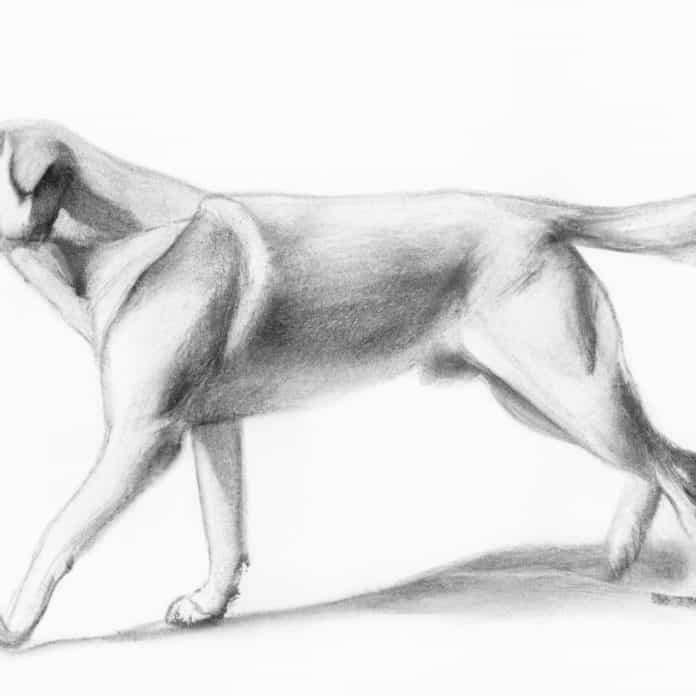Dear VetBabble: Understanding and Addressing Limping in Your Canine Companion
The Dog Owner’s Dilemma: Why Is My Dog Limping?
Now and then, many pet owners are confronted with a peculiar and worry-inflicting sight — their beloved canine companion starts limping unexpectedly. This is not an uncommon occurrence and could happen with any breed, for instance, a 4-year-old Boxer. The question then arises, “What can I do to stop my pet from limping?”
The answer isn’t quite as simple, as the limping could stem from a variety of issues. It’s phenomenally crucial to identify the cause of the limp before you can address it. If your pet has been limping for more than a couple of hours, or if their leg seems swollen or painful, it’s indisputably time to consult a professional. Make sure to pay a visit to your local vet, where a proper diagnosis can be made and an effective treatment plan can be put into place to alleviate your pet’s discomfort.
Possible Causes: From Minor Injuries to Chronic Conditions
Limping in dogs can result from many different factors. It could be as simple as a minor injury, like a thorn in their paw, or something more complex — maybe they’ve pulled a muscle during their daily exercise routine, or perhaps they’re experiencing the early stages of arthritis. If you’ve observed your pet limping, it’s advisable to check out our accessible guide, “Why Is My Dog Limping? When to Worry and What to Do”. It provides a comprehensive overview of potential causes for your dog’s limp and lists actions you can take to assist them.
Sometimes, certain telltale signs can guide us towards the source of these limps. For example, if your pet seems to be in pain when he’s walking, and especially if he’s an older dog, he could potentially be suffering from arthritis. Arthritis in dogs is not uncommon and is an ailment we delve into in our article on the issue.
Steps to Ensure Your Dog’s Comfort and Health
The first step in dealing with your dog’s limp is to ensure they’re not putting too much pressure on their sore leg. Speaking of which, make sure their walking and exercise routines are gentle and don’t exacerbate the issue. Our article on how to react when “Your Dog Lunges at Other Dogs When Out Walking” provides practical tips to manage their outdoor activities without causing further discomfort.
Subsequently, monitor your pet for any other unusual behavior. Does he seem more lethargic than usual? Does he lick his paws obsessively? These could be signs of discomfort or distress. We have explored this behavior in our piece “Why Does My Dog Lick His Paws?” to help pet owners understand what might be causing it.
Lastly, never hesitate to get professional help. Your dog’s health and comfort should always be paramount. Limping could be a symptom of a more severe underlying condition, and timely intervention can make all the difference.
As pet owners, it’s our responsibility to ensure our furry friends are healthy and happy. If you see signs of discomfort such as limping, take the necessary steps to address it promptly and accordingly. Remember, a little vigilance goes a long way in guaranteeing the well-being of your pet.









